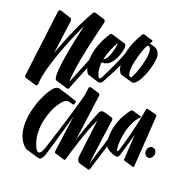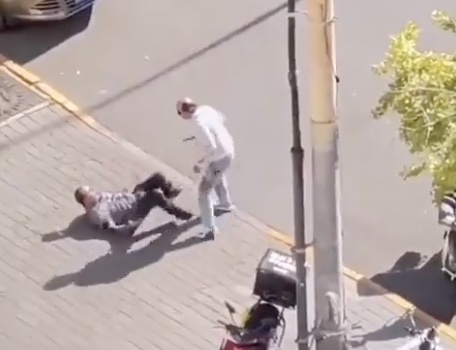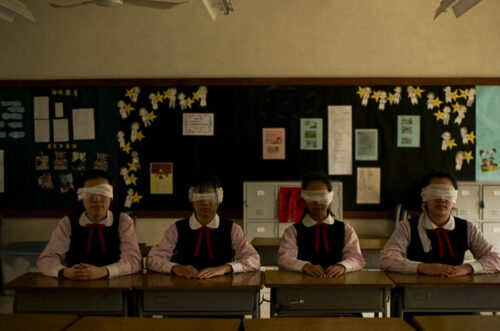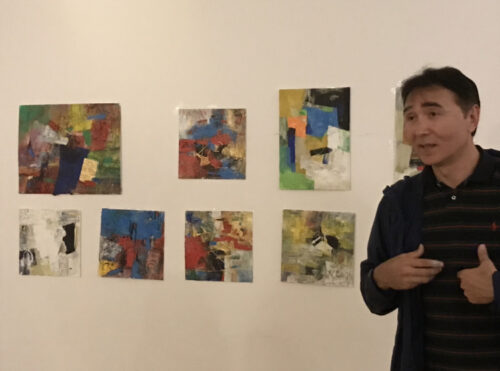Vanishing act
Liu Bolin has perfected the art of invisibility
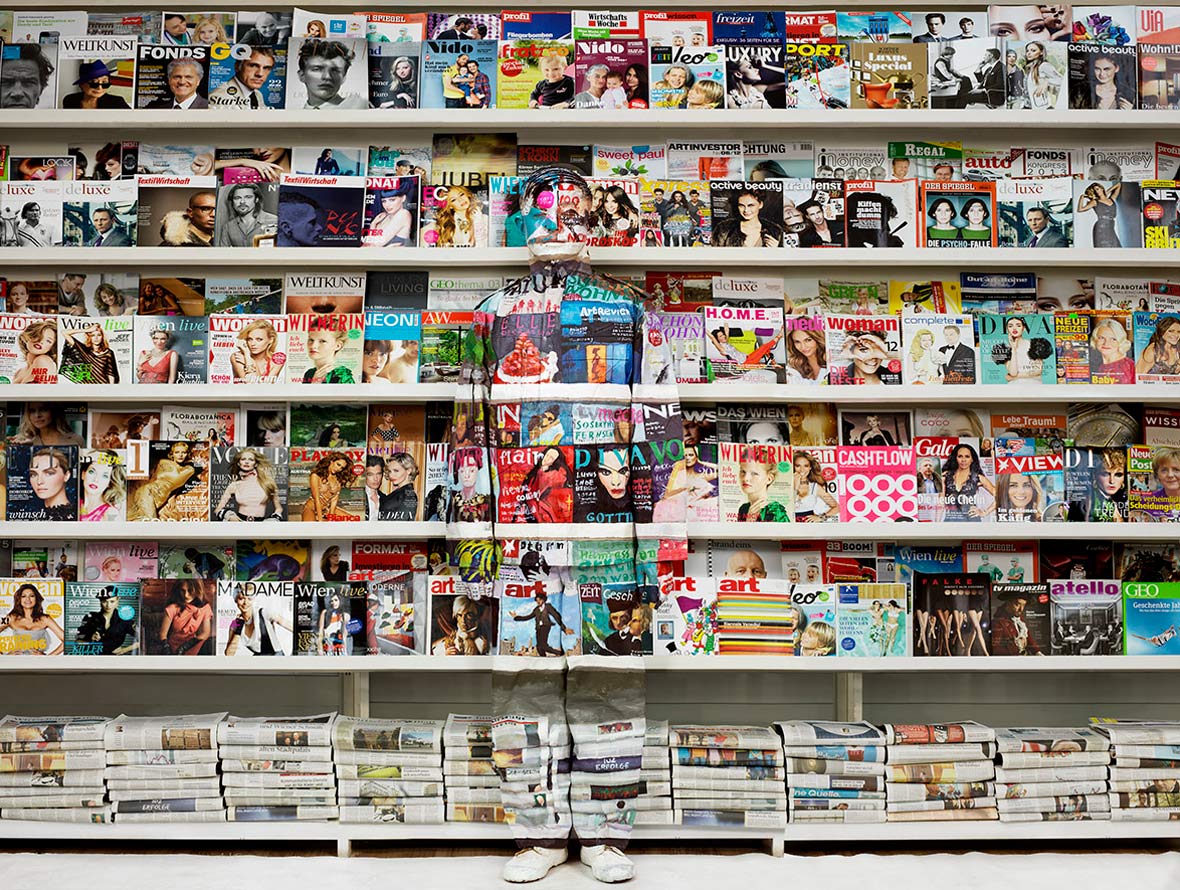
This article was originally published on Neocha and is republished with permission.
In the fall of 2005, Suojiacun—Beijing’s art village—was ordered to be demolished by the local government. The residents were furious, including artist Liú Bólín 刘勃麟, who considered the village home. Despite the outcry, the village was quickly reduced to piles of brick and concrete. Liu, unlike other residents, decided against voicing his frustration, at least in a verbal sense. He instead covered himself in paint, camouflaging with the rubbles he once called home. His disappearance speaks to the idea that, by razing his home, the person who he once was also erased.
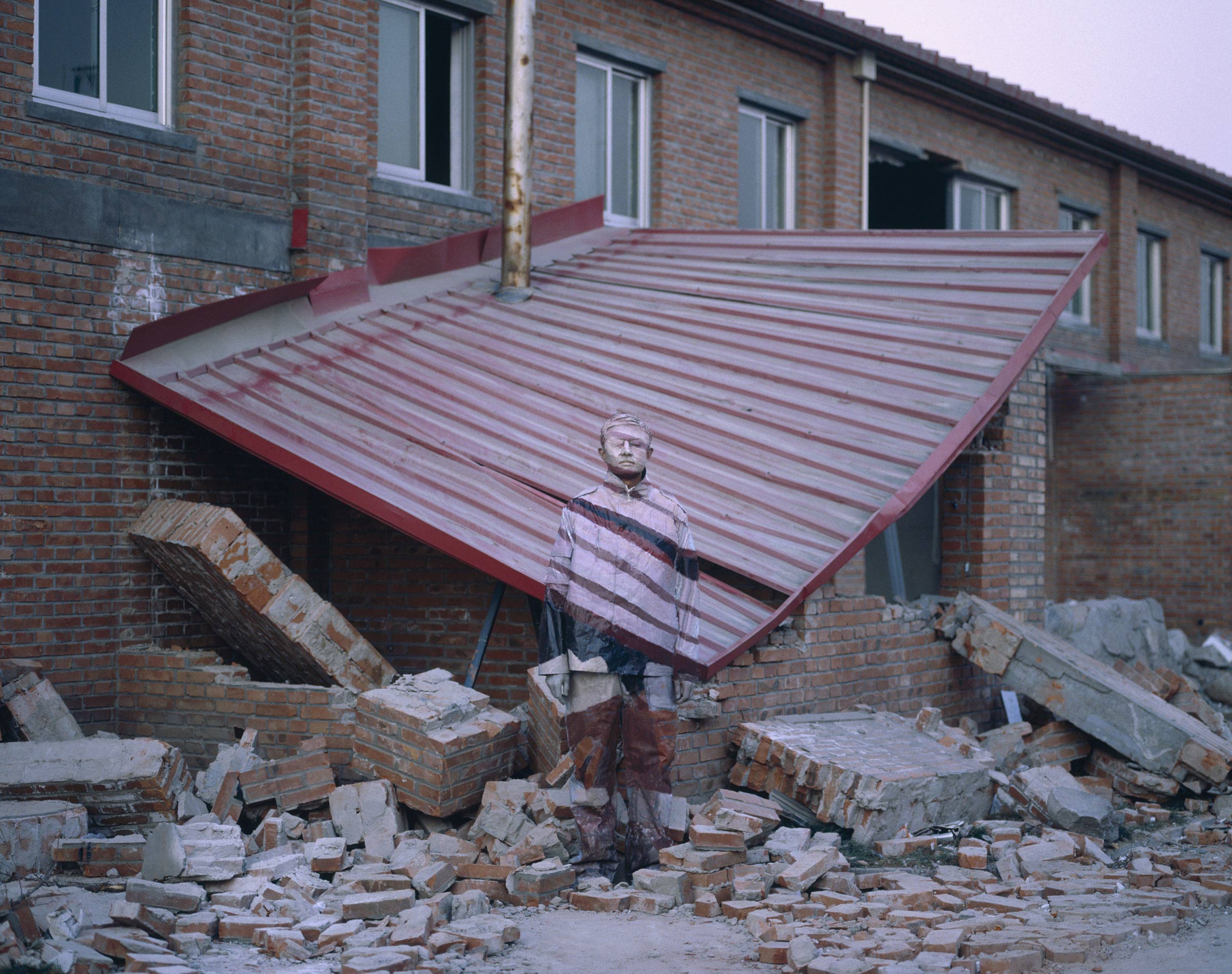
This performative piece was a creative turning point for Liu, who previously worked as a sculptor’s assistant. From that point forth, this vanishing act would become the sole focus of his artistic endeavors, which has now culminated in a decade-spanning series that meditates on the relationship between individuals and the world at large titled Hiding in the City.
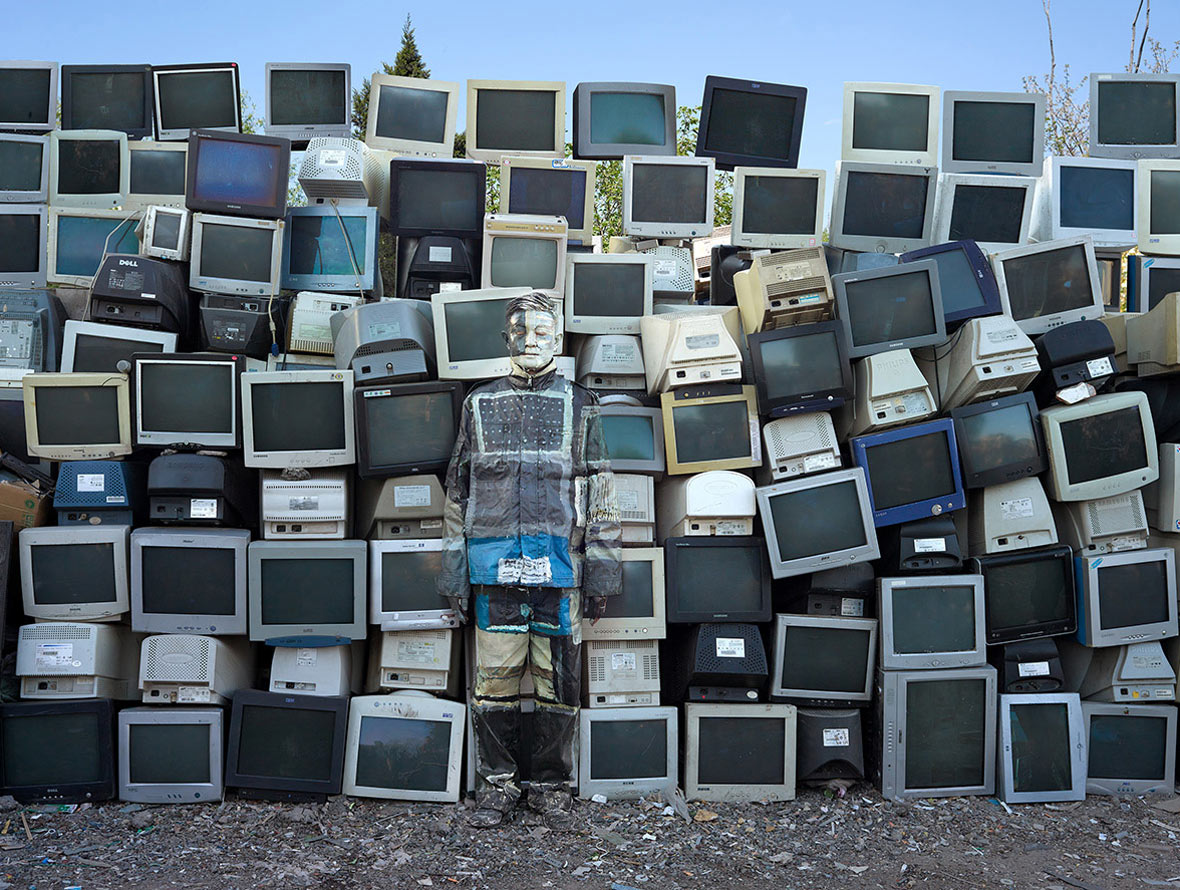

Throughout the series, Liu is dressed in plain attire and painted from head-to-toe to assimilate with the surrounding setting in true chameleon fashion. Without close scrutiny, he can be tough to spot in the photos. “With my partial invisibility, I look to invite discussion on the meaning of existence within certain contexts, along with the connection between a person’s inner world and reality,” he explains. “In my works, I represent everyone.”

Becoming invisible isn’t that simple. When planning one of his vanishing acts, Liu studies the scene to decide where he’ll stand within the composition. Once that’s decided, he must remain stationary as an assistant paints him to match the environment. Depending on the complexity of the surrounding scene, this means standing still for hours or more—his longest project took four full days.
But aside from the amount of time needed, the location can also affect the level of difficulty. When working outdoors, weather conditions can be major hurdles. To date, Liu considers the toughest project as the one that took place in front of the Beijing National Stadium in 2009. Under a brutal snowstorm where temperatures sat firmly below 0 degrees Celsius, he stood still while paint froze atop his skin as they worked. “The longer you do something, the better you want to do it,” he says. “You want to overcome the challenges, and defy the limitations imposed by destiny itself.”
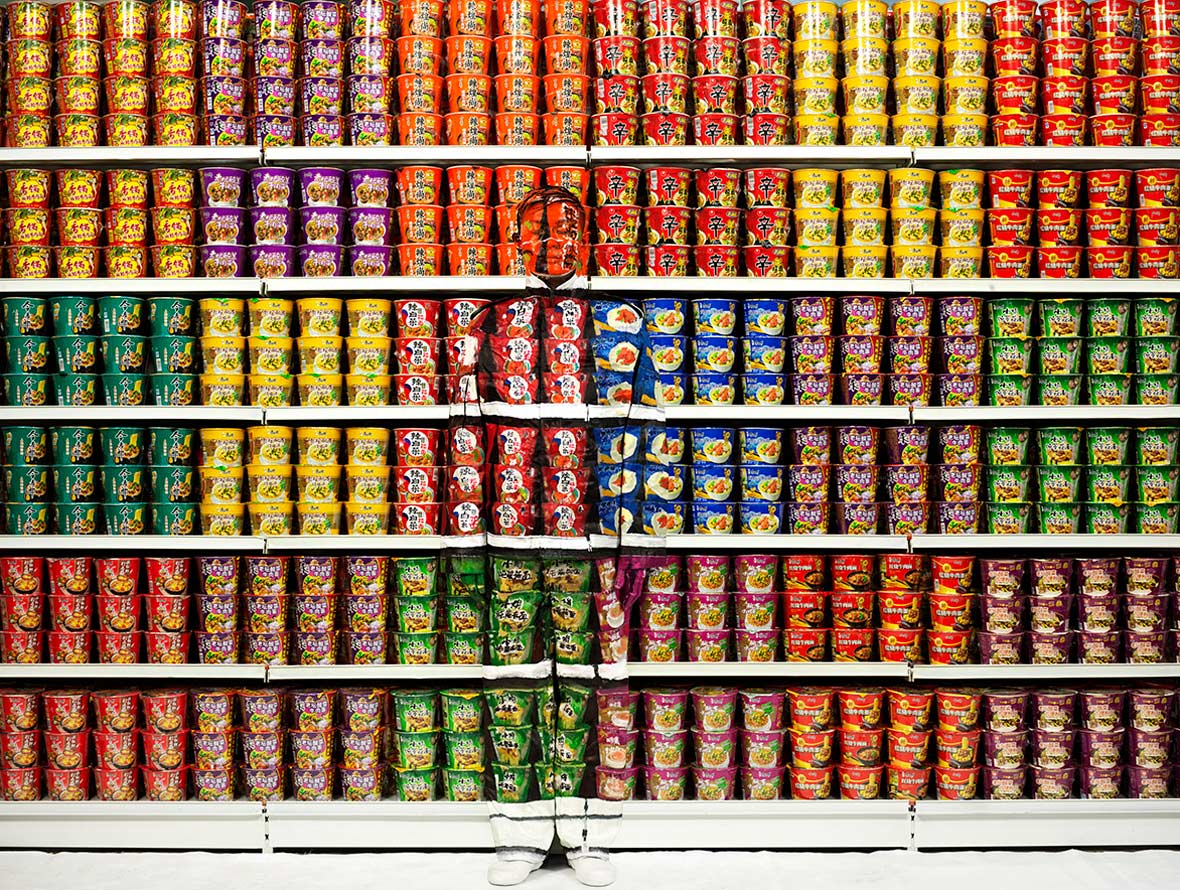
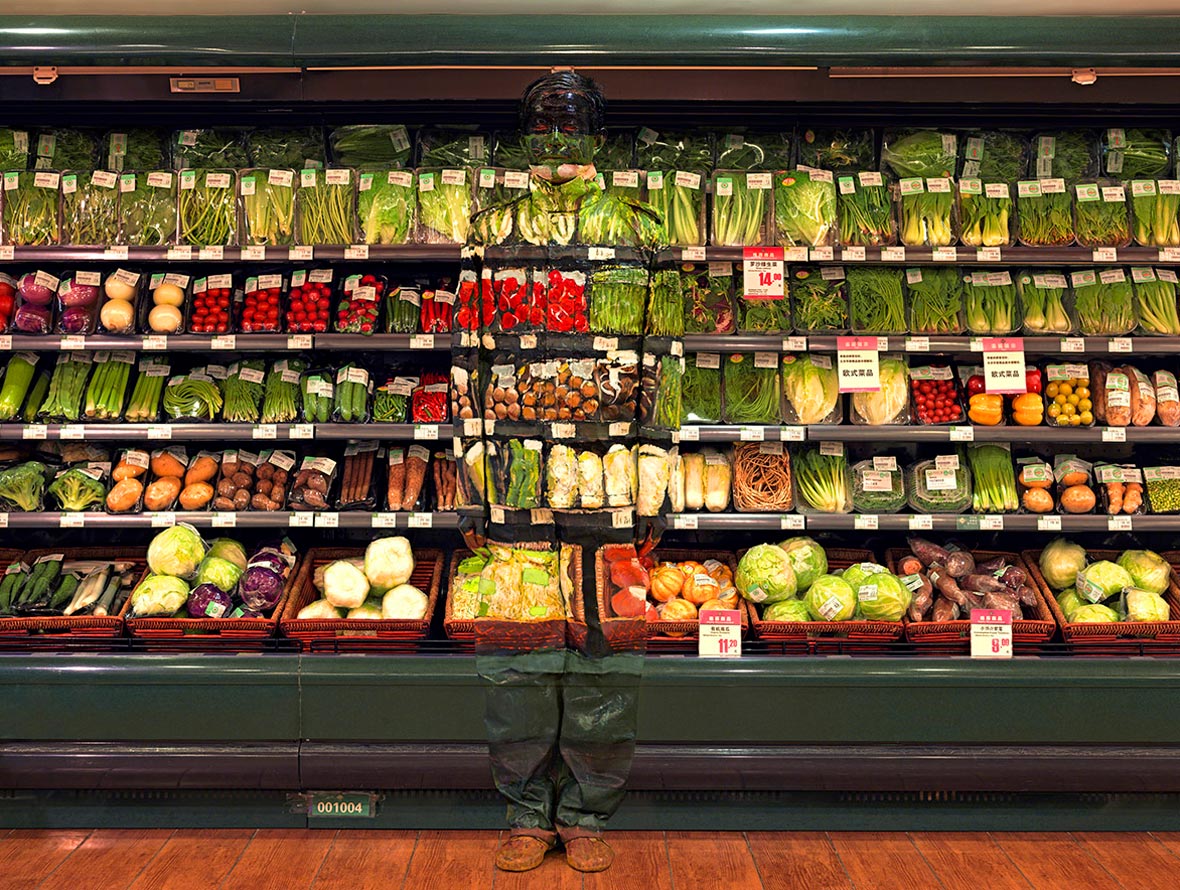

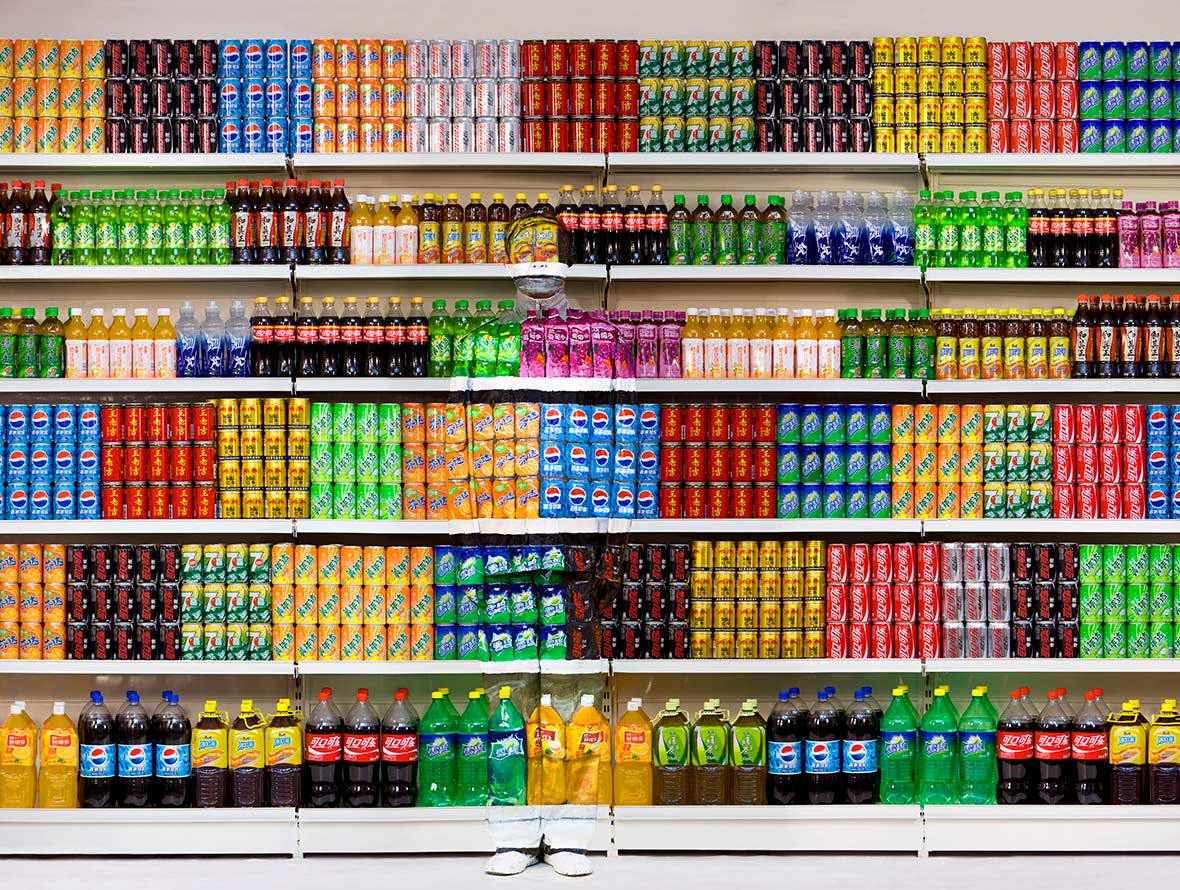
Born at the end of the Cultural Revolution, Liu bore witness to China opening itself up to the outside world. He saw firsthand the transformation of Chinese culture and the country as a whole. These experiences have given him a certain perspective and insight into the different sides of the country. After the demolition of Suo Jia Chun, his invisibility series was extended to address a variety of issues he’s observed within Chinese society, making use of settings that range from supermarkets and newsstands to abandoned warehouses and entire skylines.
In Ramen Noodles, for example, he calls attention to the scandal in which big-name instant noodle brands in China were discovered to have used fluorescent agents that cause cancer. In this piece, he disappears among supermarket shelves stacked neatly with the country’s most popular instant ramen brands. Through this, he reminds consumers that brand-name recognition and pretty packaging doesn’t offer any safety guarantees—there’s plenty you simply don’t see. No matter the subject matter, Liu’s art has remained uncompromising, adamant about sparking discussion and critical thought on matters he finds important.
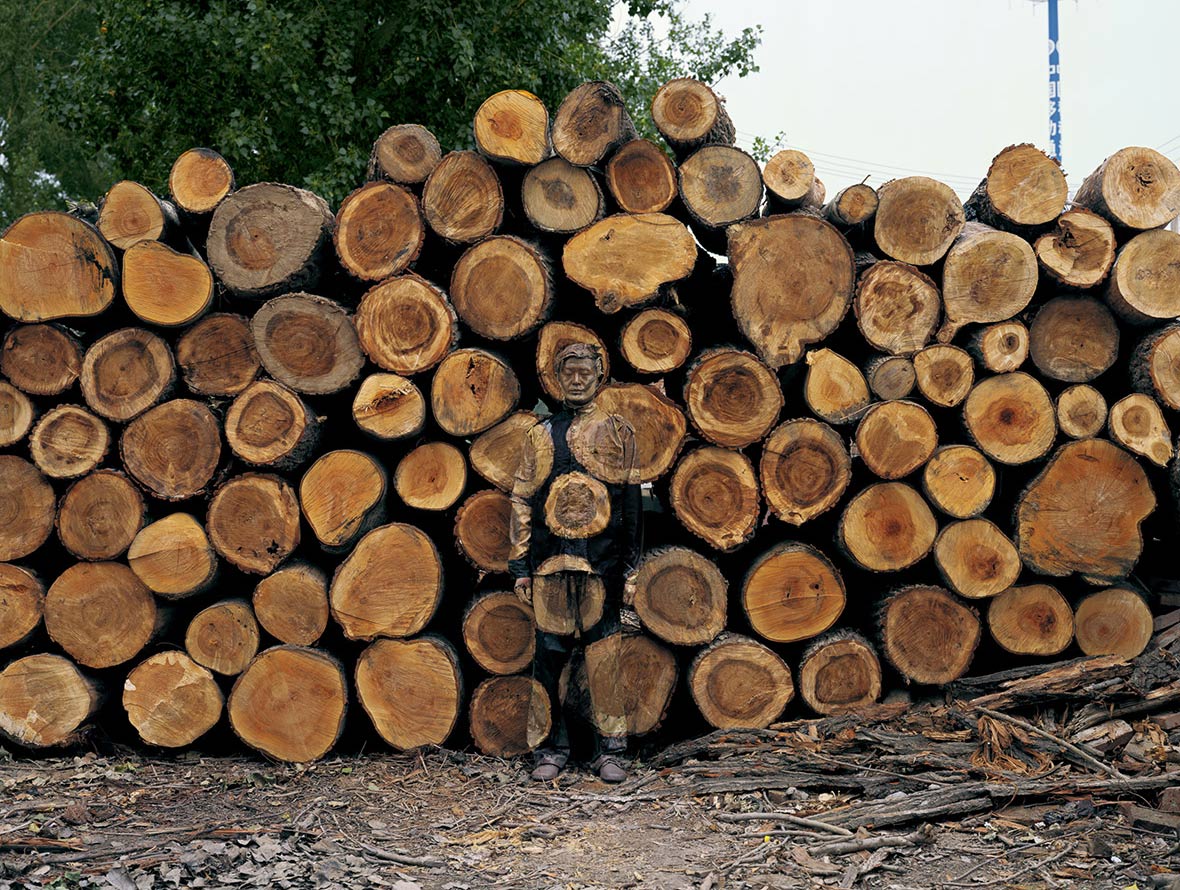
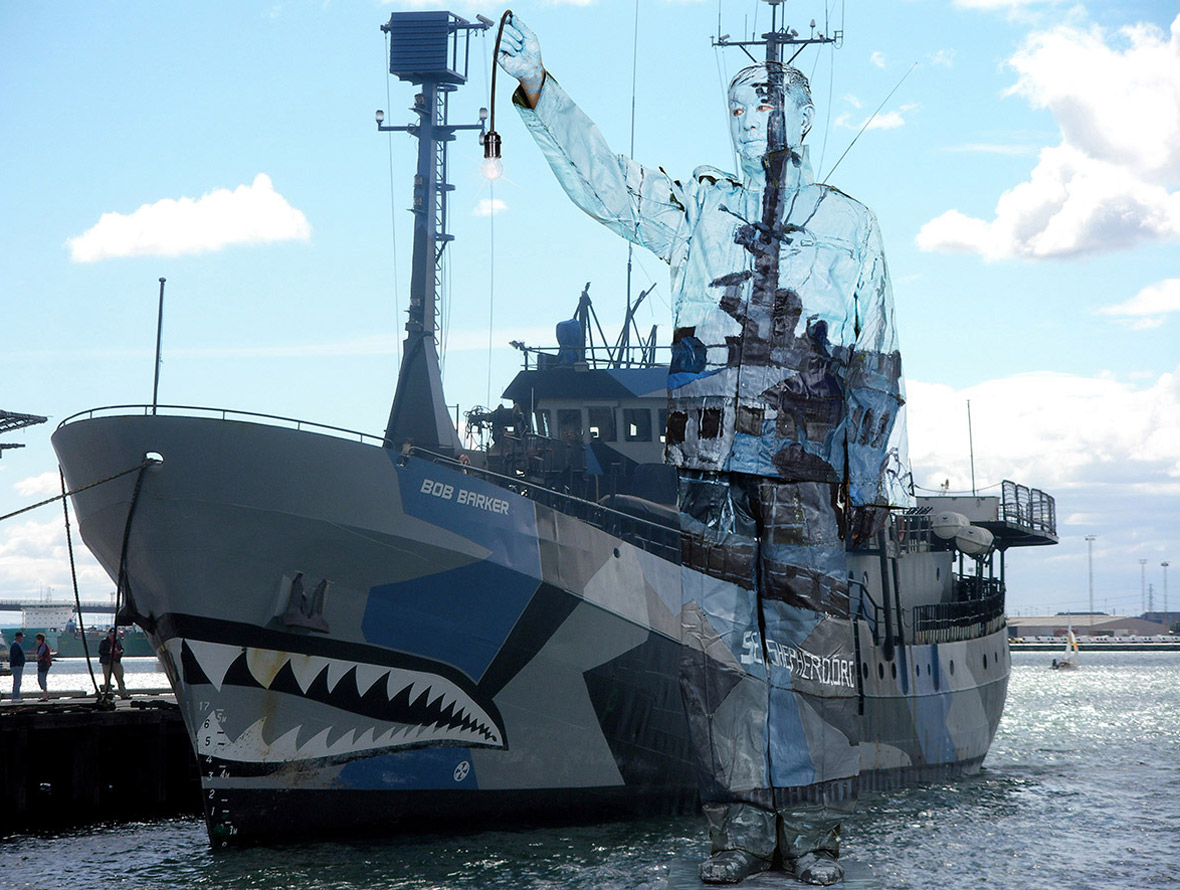
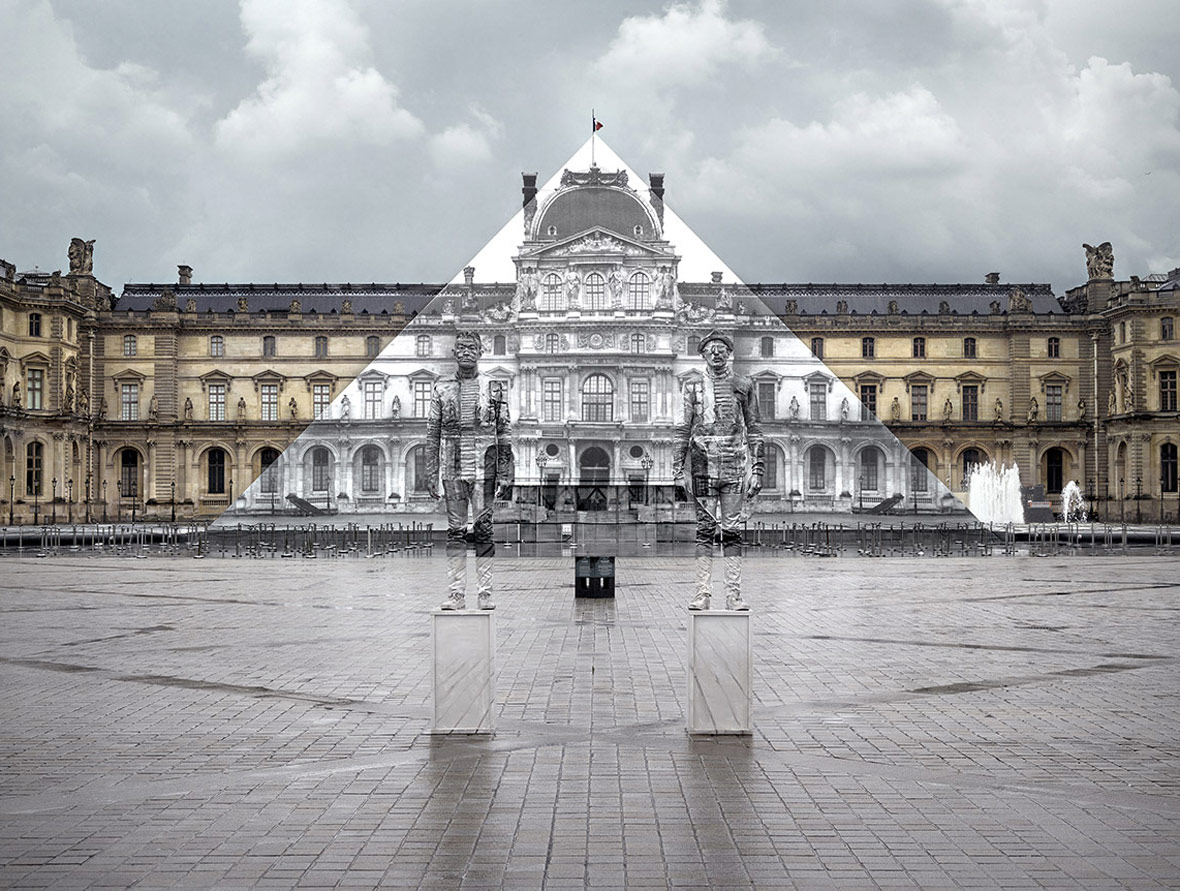
A spirit of defiance is the common denominator across Liu’s work. Hiding in front of a factory’s lumber pile, he casts a critical gaze at the relationship between man and nature; camouflaging with magazine racks, he confronts today’s oversaturation of media and its contribution to indecision; and blending in with famous works of art, he questions the connection between people and art. “An artist has the responsibility to continuously push boundaries and oppose the status quo so that they can bring something new to the table,” he says. “By challenging conventions and perception, I want to question the validity of the things we’re accustomed to.”
Topical matters and real-life events are constant fonts of inspiration for him. Pop culture, natural disasters, and even human evolution have all served as creative fodder. “As a Chinese artist, I’m interested in furthering the heritage of Chinese art, but I also travel around the world, paying attention to the global zeitgeist, and the cultural differences that divide people,” Liu says. “Doing this, I can observe from a more subjective perspective, tap deeper into my creative depths, and see the world with more clarity.”
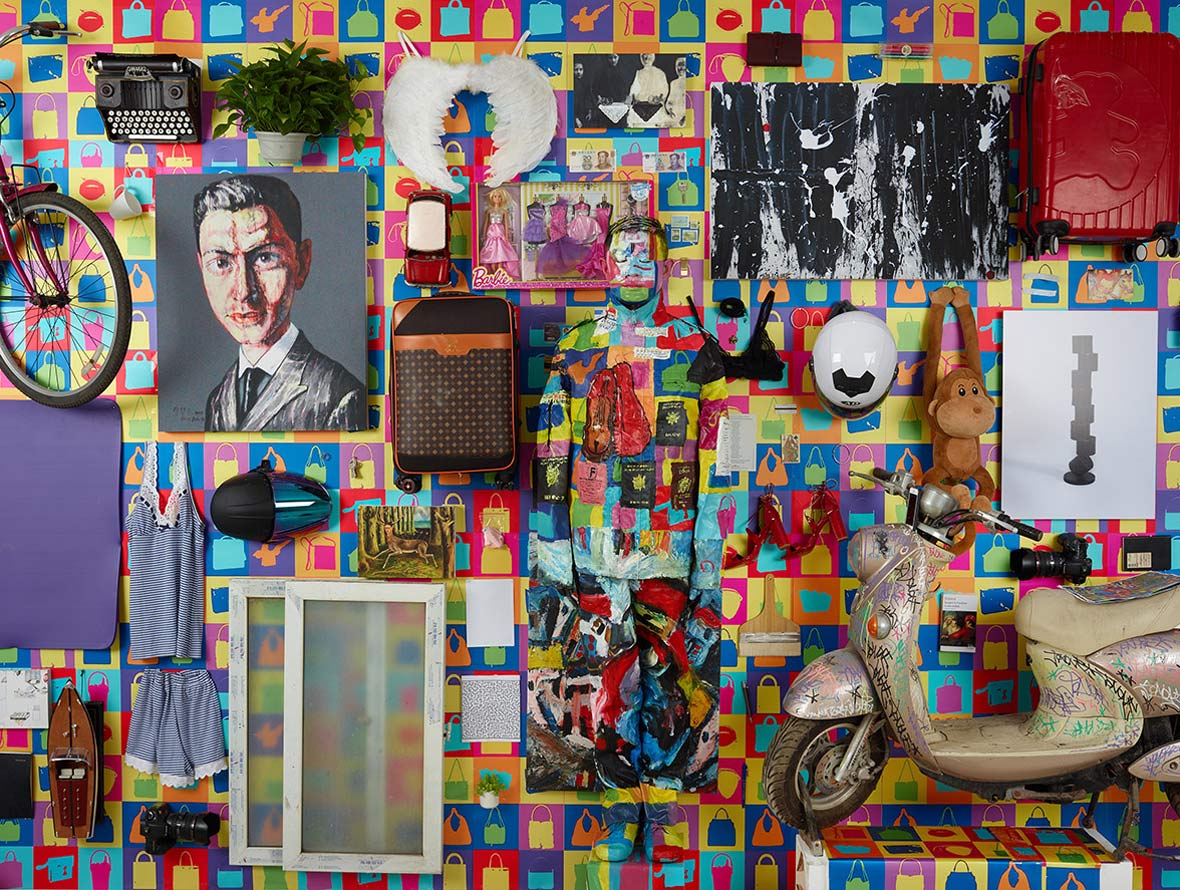
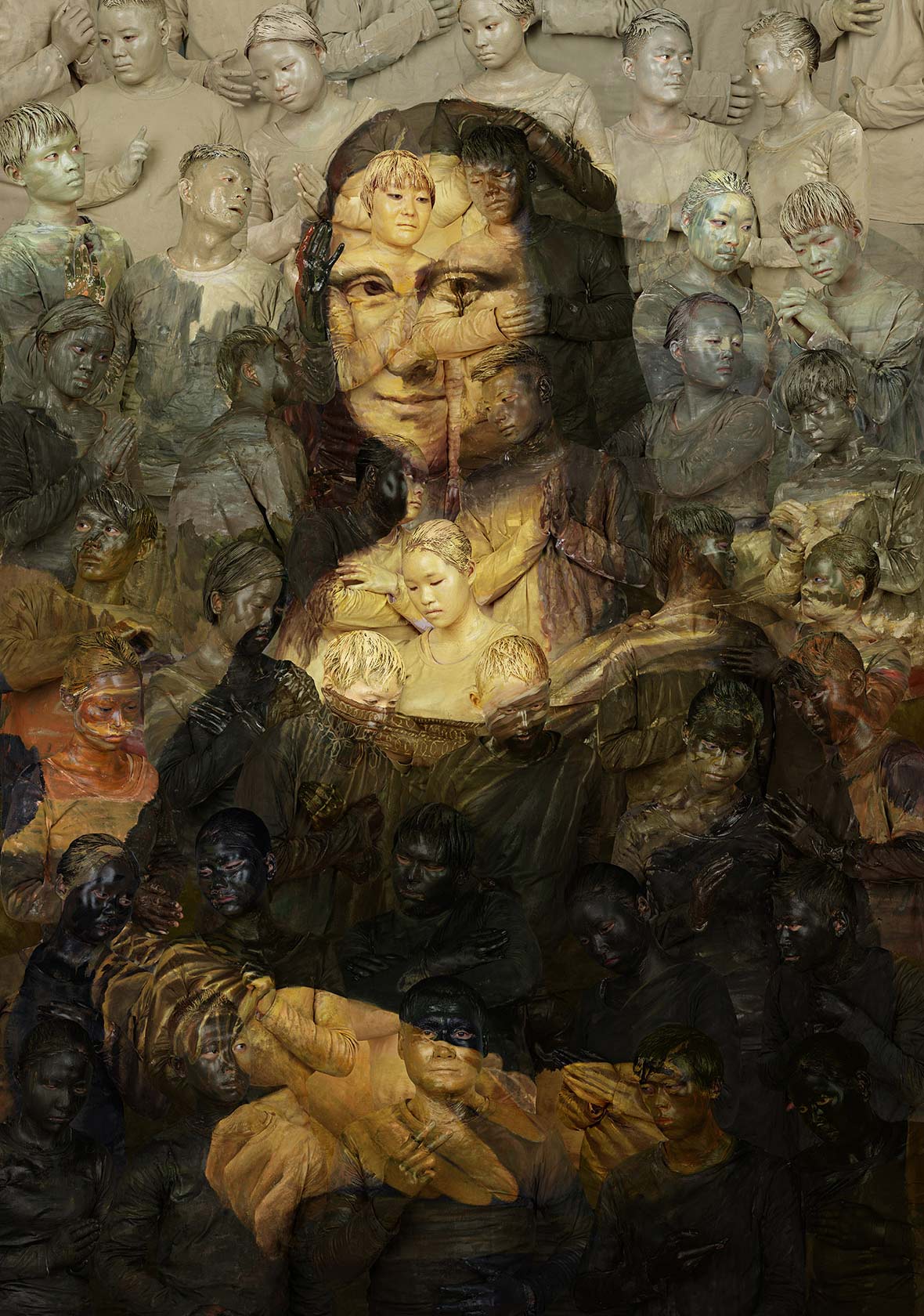
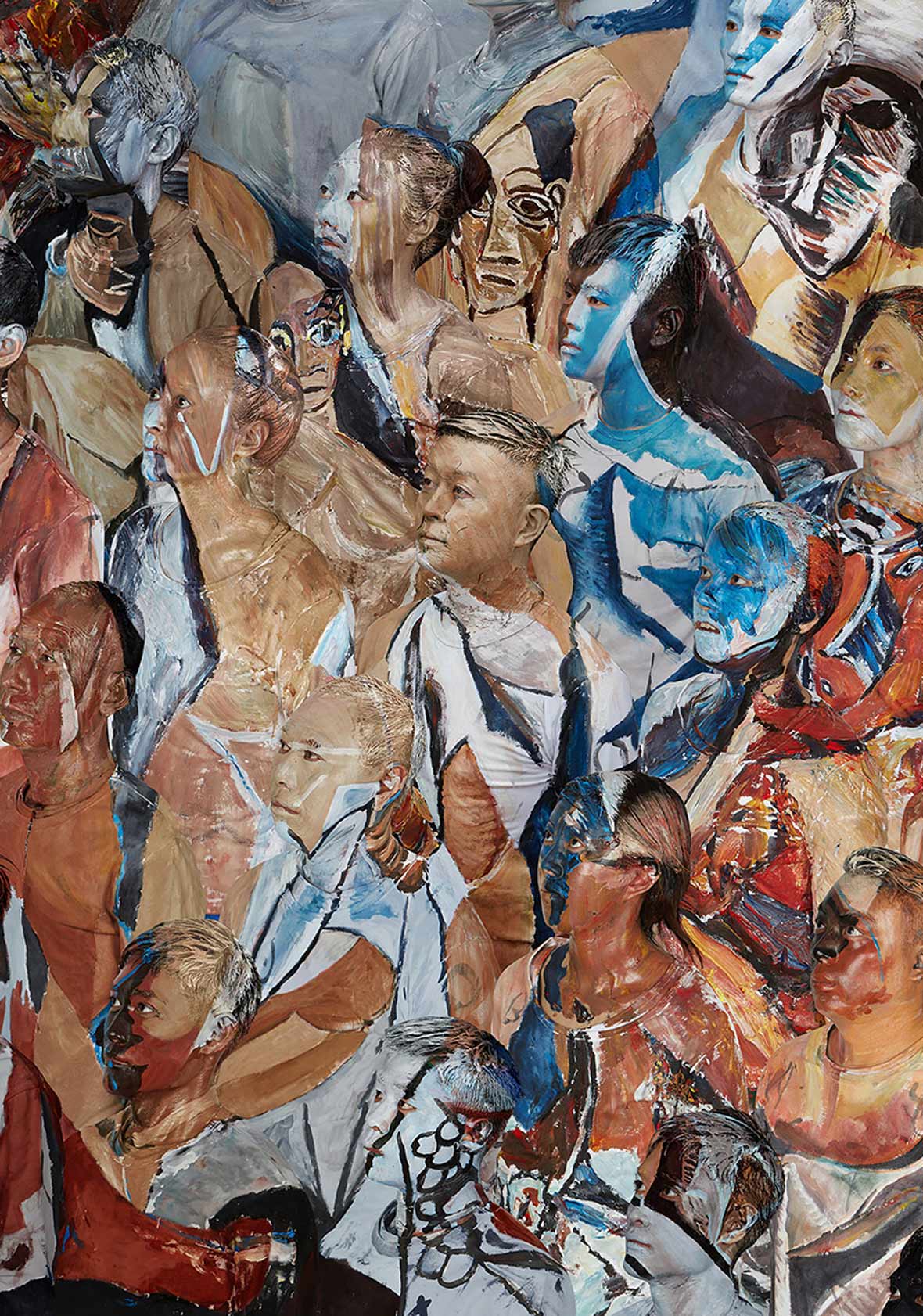
Being an avid globe trotter, Liu has kept extensive documentation of his travels, and he’s fed all of his observations back into his art. As such, his art has found audiences across the world, being showcased in exhibitions in Paris, New York, Milan, Rome, and more. His Chinese identity and heritage are hardly ever a point of focus for viewers or curators, as there’s a universality in the themes that he works in. “For the past decade, I’ve looked to understand different cultures around the world,” he says. “So now, I hope my work can speak to all of humanity, therefore, I’ve decided to become a global artist, not just a Chinese artist.”
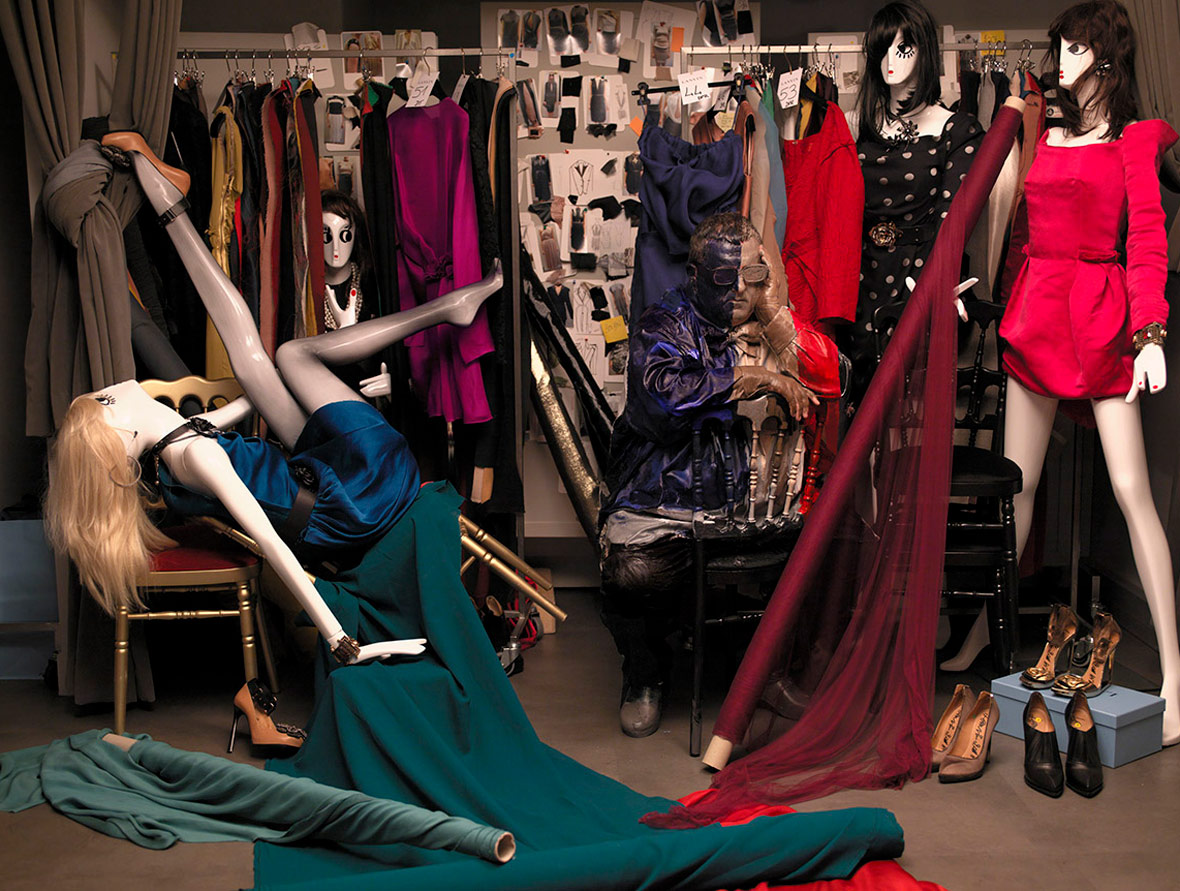
Most of Liu’s time is now spent working full-time as a university professor, but Hiding in the City is still far from over. He constantly reminds himself to stay grounded and continue broadening his worldview. “Humans are part of the universe, and all of the information and energy we output stem from cosmic vibrations,” he says. “As individuals, staying levelheaded and accepting the things that come your way is all we can hope to do. To put it simply, become who you’re destined to become.”
Liu’s works are ultimately a reminder—if we have the courage to face ourselves and the world head-on without compromising our core beliefs, then there’s no need to be afraid of being unseen.
Like this story? Follow Neocha on Facebook and Instagram.
Website: www.liubolinstudio.com
Instagram: @liubolin
Contributor: Pete Zhang
